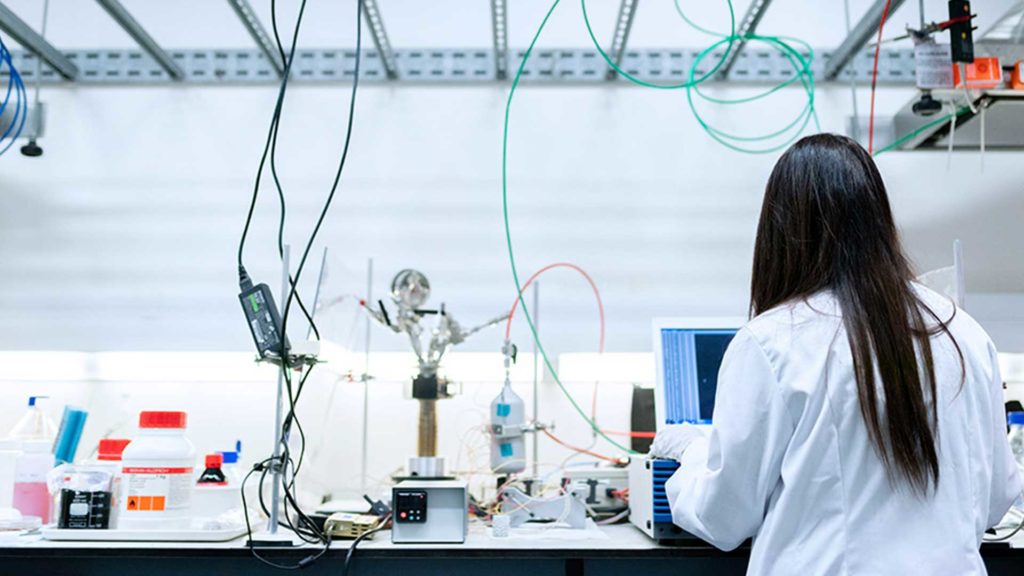ECOtwins Second Annual Meeting
26/07/2024
The UNESCO Chair in Life Cycle and Climate Change at ESCI-UPF participated in the second annual meeting of the ECOtwins project, held at the University of Copenhagen on July 18th and 19th.

Researchers of the UNESCO Chair in Life Cycle and Climate Change ESCI-UPF, together with Universidad de Málaga, have written a paper for Elsevier’s Science of The Total Environment journal about life cycle assessment on calcium zincate production methods for rechargeable batteries. The Swiss and French industrial enterprises DEASYL and EasylZinc have also contributed to the article’s elaboration.
Calcium Zincate (CAZN) is a material used in rechargeable zinc-based batteries and other products, such as catalysts and antifungal agents. Researchers have developed a new method for synthesizing CAZN, called the hydro-micro-mechanical process (HMMS), which has a shorter residence time and more reaction surface area than traditional methods, and results in faster battery activation.
According to a life cycle assessment, HMMS produces CAZN with a significantly lower environmental impact compared to the current best option, hydro-thermal synthesis (HTS), with a 97% reduction in global warming. The sensitivity analysis included scenarios related to the energy demand of the processes and projections for the European electricity mix in 2030 and 2050.
Some of the paper’s main conclusions are that the raw materials shape the environmental results of CAZN production, particle size and reaction time are key factors affecting the results of life cycle assessment, and, lately, the reaction time should be considered when calculating chemical LCAs.
26/07/2024
The UNESCO Chair in Life Cycle and Climate Change at ESCI-UPF participated in the second annual meeting of the ECOtwins project, held at the University of Copenhagen on July 18th and 19th.
22/07/2024
Cristina Campos, investigadora de la Cátedra UNESCO de Ciclo de Vida y Cambio Climático de ESCI-UPF, ha participado en los cursos de verano de la Universidad de Cantabria (UC) en una ponencia en la que abordó el turismo rural desde una perspectiva ambiental y presentó el proyecto GREENTOUR.
03/07/2024
In a new paper published in the Sustainable Production and Consumption journal, researchers from the UNESCO Chair in Life Cycle and Climate Change at ESCI-UPF contribute to calculating the true cost of different protein sources.
Leave a message